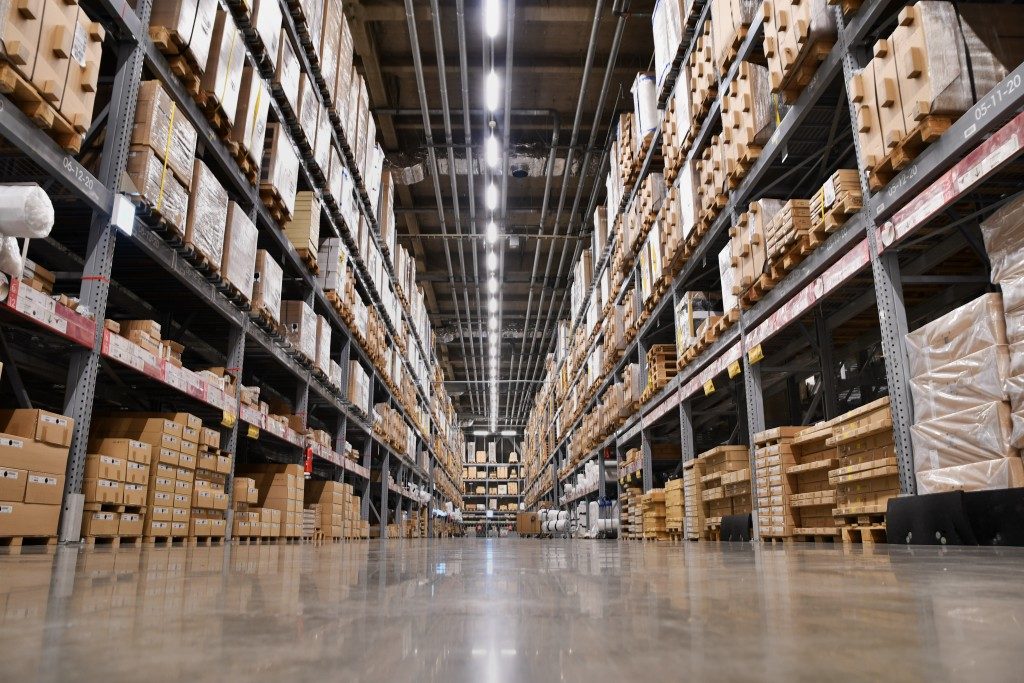Logistic companies play an essential role in the success of large organizations, like Amazon and Etsy. Without it, people would be scrambling on how to get their goods from point A to point B, which could be located on the other side of the world. The very heart of these logistic companies is their own warehouse.
The Warehouse Setup
How the warehouse is set up can make or break a logistics company. Generally, it is the warehouse pallet racking system that allows items to be moved easily. Now, this system can come in many different forms – selective, double deep, back racking, and pallet flow rack.
Of these, it is the selective pallet rack that is considered to be the most common and easiest to use, primarily because it is only one pallet deep. This type of system also allows for the FIFO method – First in, First Out, which means that it is typically used for SKUs that have shorter life or are considered as perishable goods. The Selective Racking system also allows for better use of the space since racks can be placed back-to-back without sacrificing access to other pallets.
If it is the cost that you are after, the double deep is the best option for you. With the double deep racking system, you can increase storage capacity by about 40%. Unfortunately, this also means that you have to remove the first layer of pallets first before you can reach the second pallet. Because of this, the double deep is not recommended for those storing perishable items.
If you think double deep is a challenge when you want to get items from the inner pallet, then back racking might be a whole lot of headache for you as it can go five pallets deep. Since this means that the items loaded first will take time before they can be pulled out, back racking makes use of two ends – one for loading the items and the other for removing the items.
For those with limited horizontal space but have a lot of headroom, the pallet flow rack system is a great option. In this system, the items are loaded at the top and pulled out at the bottom. It can handle triple the volume of other typical racking systems.
Labelling System

One secret to making sure that work flows smoothly inside the warehouse is the presence of labels and stickers. Each of the racks inside the warehouse should be carefully labelled so that personnel is aware of which pallet goes to which rack. Signages that point out what group of racks are in which section can also help ensure that forklifts do not run into each other while looking for where the items they need to pick up are at.
Depending on the technology inside the warehouse is, the labels would indicate the type of item in the rack. They would also state when it was loaded. Some companies make use of bar codes so that warehousemen can easily scan and count how many pallets have been loaded.
With the appropriate warehouse and labelling systems, logistic companies can adequately play their part in an organization’s success.




